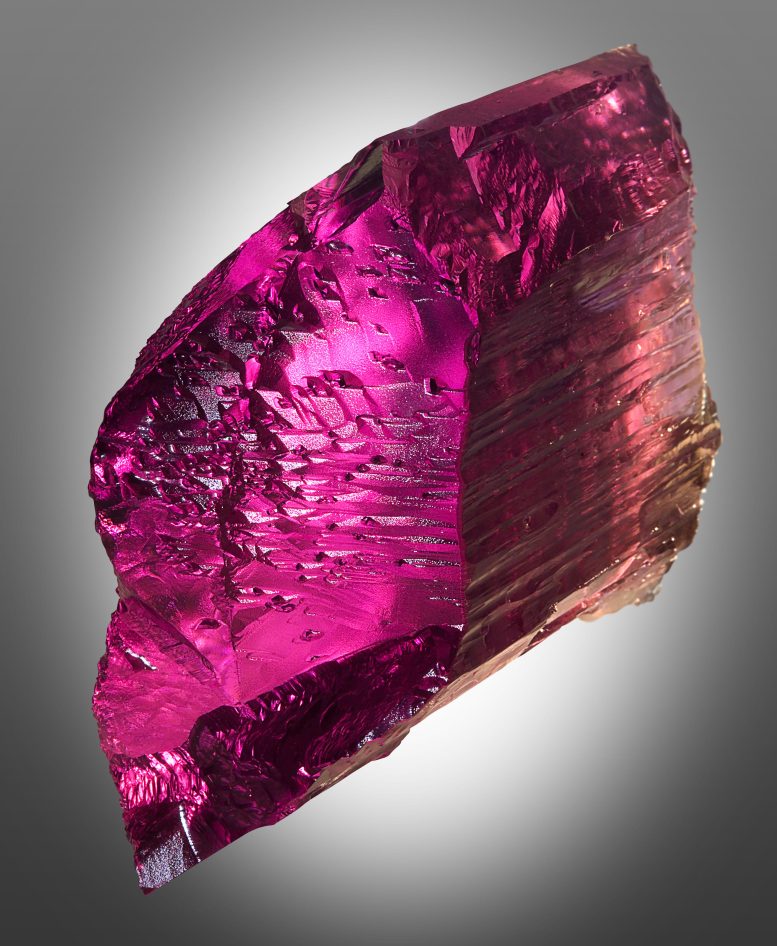
Scientists developed an AI model that predicts mineral locations on Earth and other planets. Tested in the Mojave Desert, it identified key minerals and rare earth elements, offering a transformative tool for geology and space exploration.
By harnessing patterns in mineral associations, a new machine-learning model can predict the locations of minerals on Earth and potentially, other planets. This advancement is of immense value to science and industry, as they continually explore mineral deposits to unravel the planet’s history and to mine resources for practical applications, such as rechargeable batteries.
A team led by Shaunna Morrison and Anirudh Prabhu aimed to develop a method for identifying the occurrence of particular minerals, an objective that has traditionally been considered as much an art as it is a science. This process has often been dependent on individual experience along with a healthy dose of luck.
The team created a machine learning model that uses data from the Mineral Evolution Database, which includes 295,583 mineral localities of 5,478 mineral species, to predict previously unknown mineral occurrences based on association rules.
The authors tested their model by exploring the Tecopa basin in the Mojave Desert, a well-known Mars analog environment. The model was also able to predict the locations of geologically important minerals, including uraninite alteration, rutherfordine, andersonite, and schröckingerite, bayleyite, and zippeite.
In addition, the model located promising areas for critical rare earth elements and lithium minerals, including monazite-(Ce), and allanite-(Ce), and spodumene. Mineral association analysis can be a powerful predictive tool for mineralogists, petrologists, economic geologists, and planetary scientists, according to the authors.
Reference: “Predicting new mineral occurrences and planetary analog environments via mineral association analysis” by Shaunna M Morrison, Anirudh Prabhu, Ahmed Eleish, Robert M Hazen, Joshua J Golden, Robert T Downs, Samuel Perry, Peter C Burns, Jolyon Ralph and Peter Fox, 16 May 2023, PNAS Nexus.
DOI: 10.1093/pnasnexus/pgad110
Never miss a breakthrough: Join the SciTechDaily newsletter.
1 Comment
Was this written by AI? This is written as if these resources are unlimited and we merely need to keep finding more. Is there a competing effort to find ways to reduce mining? Or repair the damage from mining? Or find other ways to make do with more easily accessed materials?